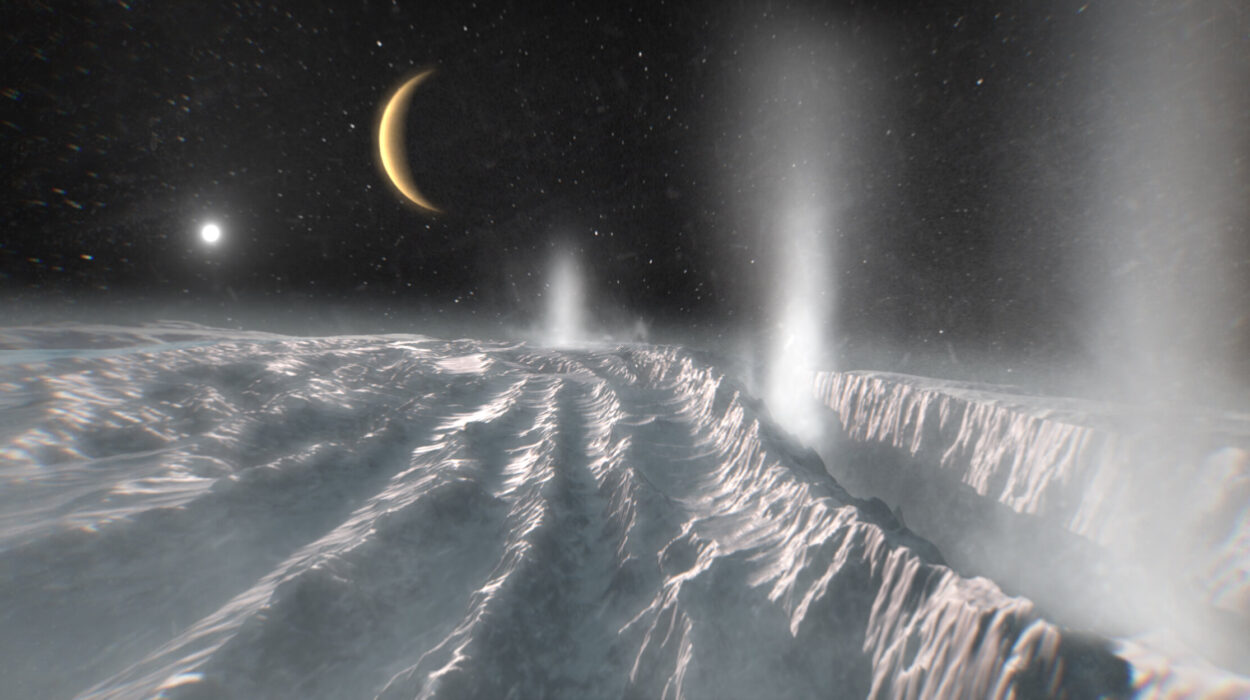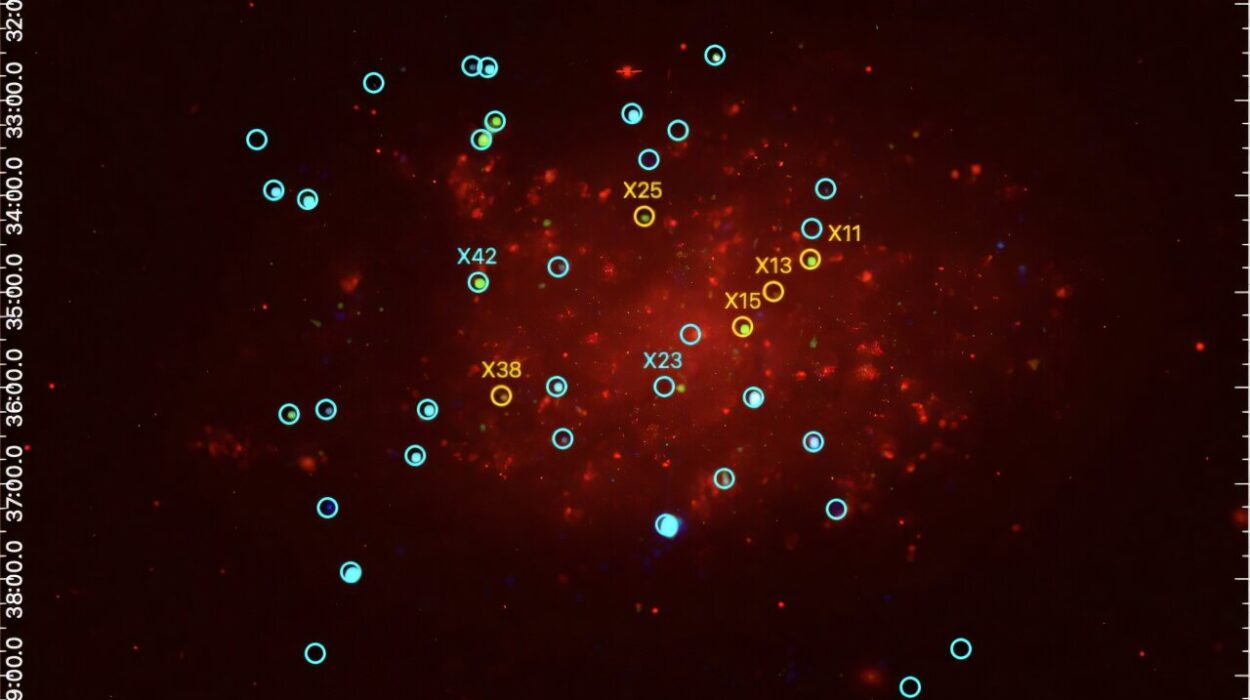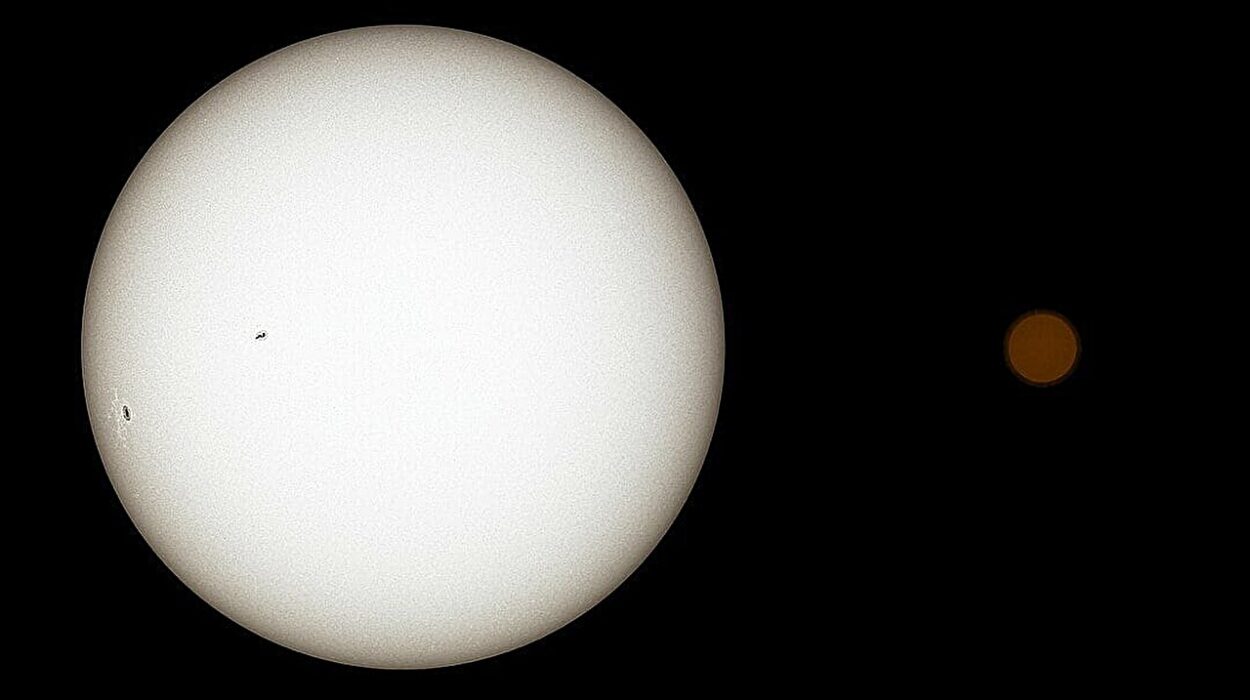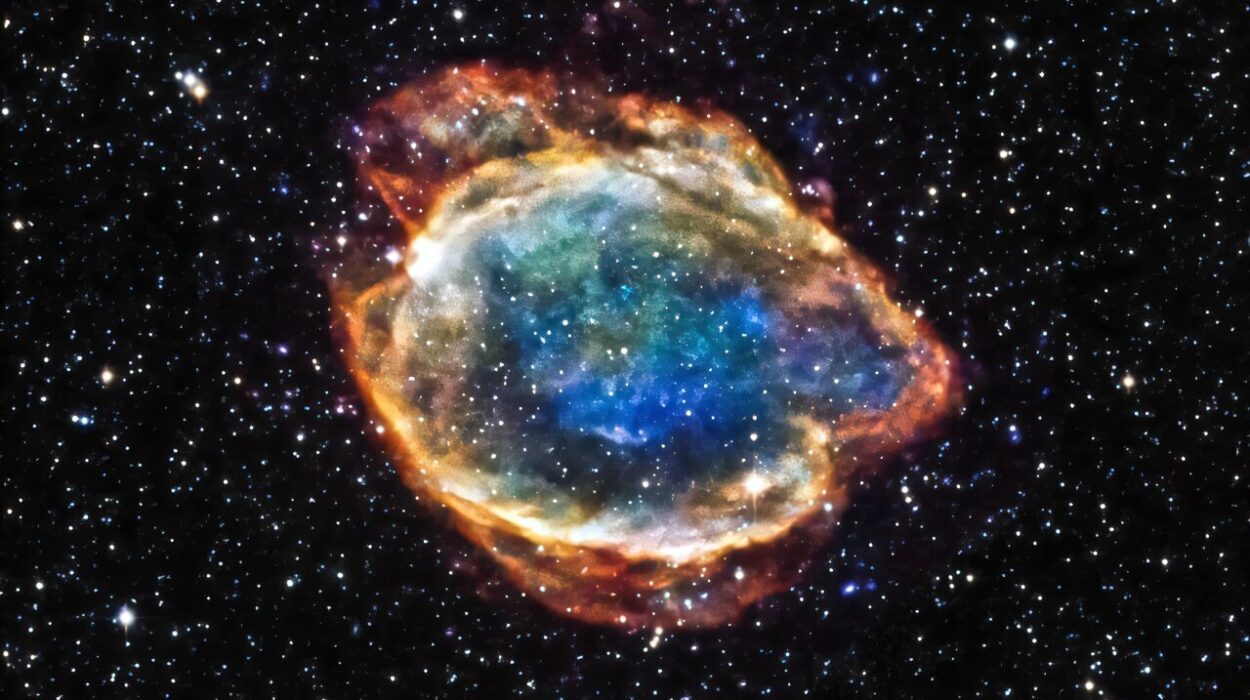For centuries, human beings have gazed at the stars and asked one of the most profound questions of existence: Are we alone? It’s a question that haunts our imaginations, fuels science fiction, and drives scientific inquiry. In our relatively short time on Earth, we have gone from fearing the night sky to studying it with precision instruments, and now we are on the cusp of potentially answering one of humanity’s greatest mysteries: Is life out there? If so, where? And if not—why?
The search for extraterrestrial life isn’t just about aliens and UFOs. It’s a quest to understand our place in the universe. Are we a cosmic fluke, or is life a common thread woven into the fabric of the cosmos? This journey takes us from ancient speculation to modern science, from the dusty plains of Mars to the distant whispers of exoplanets orbiting faraway stars. And as technology evolves, so too does our understanding of what it means to search for life.
The Ancient Longing for Company Among the Stars
Long before telescopes, rockets, or scientific methods, ancient cultures were already pondering life beyond Earth. The Greeks were among the first recorded thinkers to speculate about other worlds. In the 5th century BCE, philosophers like Democritus and Epicurus suggested that countless other worlds might exist, some teeming with life.
Fast forward to the Renaissance, and thinkers like Giordano Bruno argued that the stars were suns, each with their own planets and perhaps life. Bruno’s radical ideas helped him earn a place in history—but also a tragic end at the stake. His belief in a universe brimming with life was far too ahead of its time.
The longing for connection continued through myths and stories. Indigenous cultures around the world wove tales of star people and sky visitors. In a sense, the idea that life might not be unique to Earth has always been with us, baked into our collective imagination.
But it wasn’t until science took over from speculation that the search for life elsewhere became an evidence-driven mission rather than a philosophical debate.
The Birth of Modern Astrobiology
Astrobiology is a field born out of curiosity and rigor. It stands at the crossroads of biology, astronomy, chemistry, and planetary science. At its core, astrobiology seeks to answer three monumental questions:
- How did life originate and evolve on Earth?
- Is there life elsewhere in the universe?
- What is the future of life on Earth and beyond?
Modern science has taught us that life on Earth is astonishingly resilient. We have discovered “extremophiles”—microorganisms that thrive in conditions once thought uninhabitable. These hardy forms of life live in boiling hot springs, deep-sea hydrothermal vents, and even inside rocks beneath the ocean floor. If life can survive and thrive in these extreme environments on Earth, might it also exist in the icy moons of Jupiter or the methane lakes of Titan?
Our own planet has given us the tools to imagine life in far more exotic forms than we ever dared to dream.
Mars: A Desert with a Story to Tell
Of all the planets in our solar system, Mars has been humanity’s favorite candidate for alien life. Early telescopic observations in the late 19th century suggested a world crisscrossed by “canals,” fueling speculation of an advanced Martian civilization. Though we now know these canals were an optical illusion, the Red Planet continues to inspire scientists and dreamers alike.
Today, Mars is the most explored planet after Earth. Robotic missions, including NASA’s Curiosity and Perseverance rovers, have uncovered evidence of ancient riverbeds, lakes, and even the possibility of an ancient ocean. The Martian surface, dry and dusty now, was once a much wetter world.
The discovery of organic molecules in Martian soil and occasional bursts of methane in the thin atmosphere have kept hope alive that microbial life may still exist underground. Methane is a potential biosignature because it can be produced by living organisms, though it can also be the result of non-biological processes. So, the mystery remains.
Perhaps one day, human explorers will walk the plains of Mars and uncover fossils of ancient Martian microbes—or even living ones.
Europa and Enceladus: Oceans Beneath Ice
If Mars stirs our imagination, Europa and Enceladus light it on fire. These icy moons of Jupiter and Saturn, respectively, are now among the top contenders in the search for extraterrestrial life.
Beneath Europa’s cracked, icy surface lies a vast ocean, kept liquid by the gravitational flexing caused by Jupiter’s immense pull. This energy could provide the heat necessary for life to exist, similar to the hydrothermal vents found in Earth’s deep oceans.
Enceladus, meanwhile, ejects plumes of water vapor and ice particles from its south pole, hinting at another subsurface ocean. When NASA’s Cassini spacecraft flew through these plumes, it detected organic molecules, the building blocks of life.
These oceans are hidden, mysterious worlds of their own, and future missions like NASA’s Europa Clipper and ESA’s JUICE mission aim to peel back the layers of ice to discover what, if anything, might be swimming beneath.
Exoplanets: A Universe Full of Possibilities
Until the 1990s, the existence of planets around other stars was purely hypothetical. Today, thanks to missions like Kepler and TESS (Transiting Exoplanet Survey Satellite), we know of more than 5,000 confirmed exoplanets. And that’s just scratching the surface.
Many of these exoplanets orbit within their star’s “habitable zone,” where temperatures might allow for liquid water. Some of these worlds are rocky, Earth-like planets, while others are ocean worlds or even “super-Earths”—planets with higher mass but potentially similar environments.
The excitement around exoplanets has shifted the search for life into overdrive. Telescopes like the James Webb Space Telescope (JWST) are now peering into the atmospheres of these distant worlds, searching for chemical fingerprints—gases like oxygen, methane, and carbon dioxide—that could indicate life.
We’ve entered a golden age of discovery, one where Earth may no longer be the only known life-bearing world for long.
The Search for Technosignatures
What if, instead of searching for life as we know it, we searched for signs of intelligence? Civilizations, if they exist, might leave behind clues not in biology but in technology.
This is the premise of the Search for Extraterrestrial Intelligence (SETI). Rather than looking for microbes or alien fish, SETI listens for radio signals, laser flashes, or other forms of communication that an advanced civilization might emit.
In 1977, a strong narrowband radio signal was detected by the Big Ear radio telescope at Ohio State University. Known as the “Wow! signal,” it lasted 72 seconds and has never been fully explained or replicated. While many think it was a natural phenomenon or interference, it remains one of SETI’s most tantalizing mysteries.
In the coming decades, SETI will employ more sensitive instruments and AI to comb through vast amounts of data, hoping for a clear message from the stars. But will we recognize it if it comes? What if alien communication looks nothing like our own? These are questions we have yet to answer.
The Fermi Paradox: Where Is Everybody?
In 1950, physicist Enrico Fermi posed a simple yet troubling question: “Where is everybody?”
The Milky Way galaxy alone has hundreds of billions of stars, many with planets in habitable zones. If life is common, and if intelligent life develops and spreads, why haven’t we found any evidence? This conundrum is called the Fermi Paradox.
There are dozens of potential answers, ranging from the optimistic to the unsettling. Perhaps intelligent civilizations destroy themselves before they can explore space. Maybe they are avoiding us, following some kind of cosmic “prime directive.” Perhaps we are simply too early—or too late—to find them.
Or, most humbling of all, maybe we are indeed alone.
Life As We Don’t Know It
Our search for life is based largely on the only example we have: Earth. But what if life elsewhere is fundamentally different? Could life exist based on silicon instead of carbon? Could it thrive in environments toxic to us, breathing ammonia instead of oxygen or living in liquid methane?
Some scientists suggest that we might already be missing signs of life because we’re not looking in the right way. Life may not leave chemical traces we recognize, or it might exist in forms we cannot yet conceive.
Astrobiologists are expanding their definitions of “habitable zones” and the conditions under which life can thrive. As our understanding broadens, so too does the scope of our search.
What If We Find Life?
Imagine the moment we confirm life elsewhere, whether it’s a fossilized microbe on Mars or an intelligent signal from a distant star system. It would be a watershed moment in human history, one that would transform science, religion, philosophy, and culture.
Finding even simple life would tell us that life isn’t a rare fluke. It could mean the universe is teeming with living worlds. On the other hand, discovering intelligent life would force us to rethink our place in the cosmic hierarchy.
Would it unite humanity in a sense of shared destiny? Or would it divide us further? These are the questions we will have to face if—or when—the discovery comes.
What If We Are Alone?
And what if we are truly alone? What if life on Earth is the only spark in an otherwise silent universe?
That possibility carries its own weight. It would make life infinitely precious. It would mean that protecting and preserving our planet is not just an environmental issue but a cosmic responsibility.
We may be the universe’s only way of understanding itself.
The Journey Continues
The search for extraterrestrial life is far from over. In fact, it’s only just beginning. With each new discovery—a potentially habitable exoplanet, organic molecules on distant moons, mysterious signals—we inch closer to answering the question that has driven humanity for millennia.
Are we alone?
Whether the answer is yes or no, the quest itself brings out the best in us: curiosity, wonder, and a relentless desire to explore.
We are stardust come to life, reaching out to the stars from which we came, hoping to find someone—anyone—waving back.






